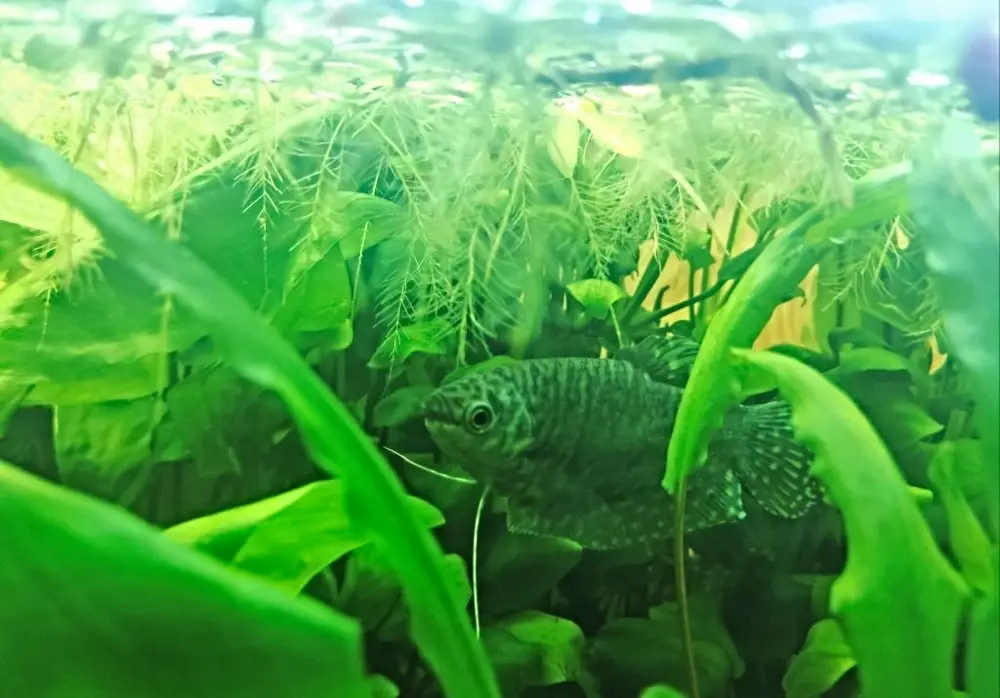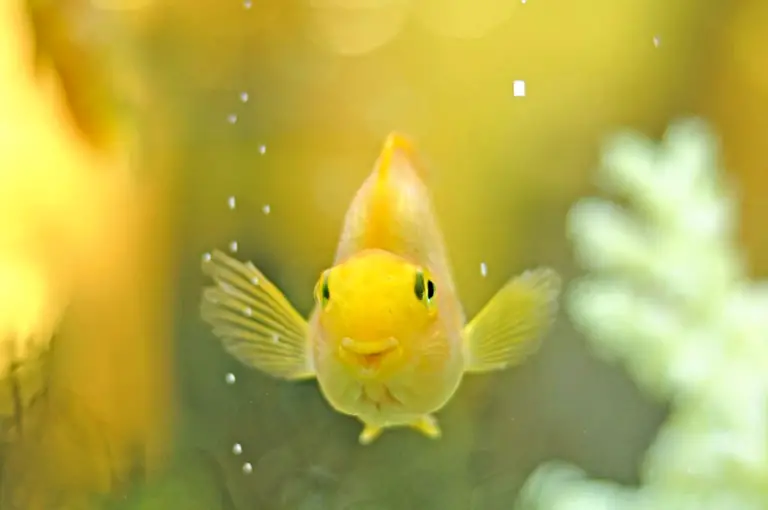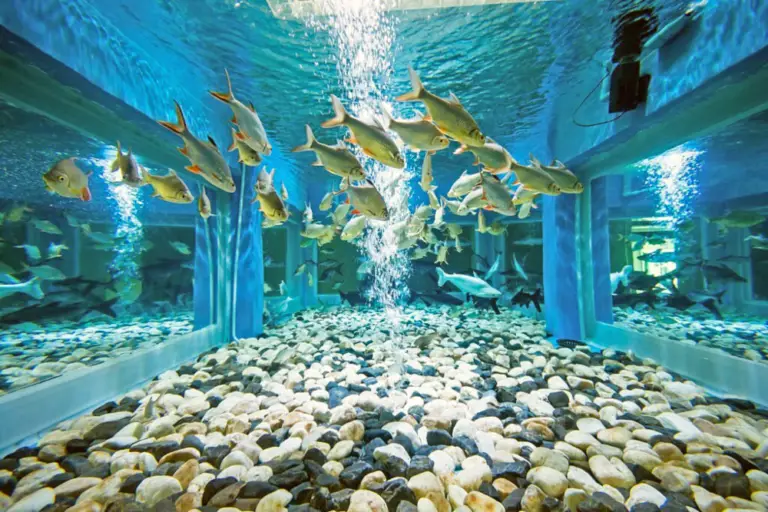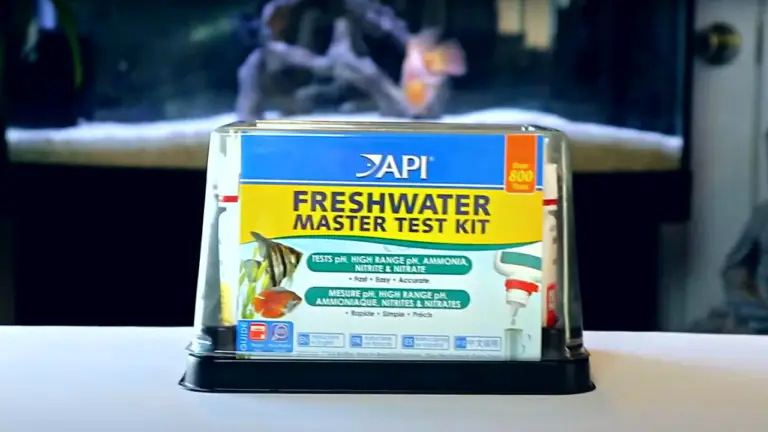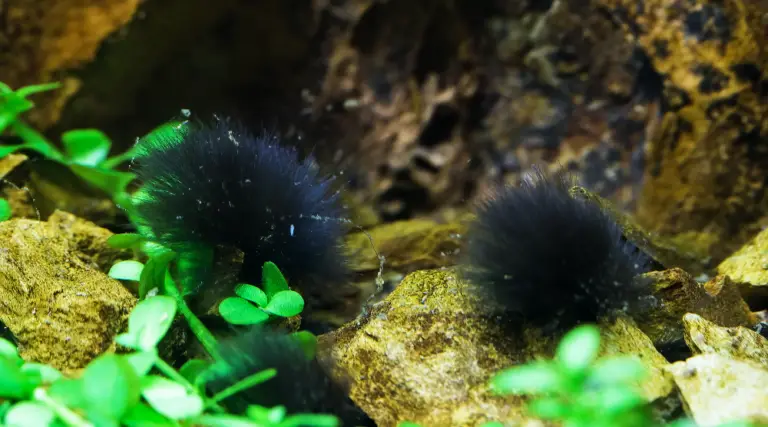From Green to Clean: Mastering the Art of Preventing Algae in Your Fish Tank
Wave goodbye to the green invasion! If you’re a fish-keeping enthusiast, you’ve probably encountered the relentless growth of algae in your beloved fish tank. It’s a common problem that can turn your crystal-clear oasis into a murky mess. But fear not! Maintaining a clean and balanced aquarium environment is the key to preventing algae from taking over.
In this blog, we’ll explore effective methods to control and prevent algae in fish tanks. From understanding the causes of algae overgrowth to implementing proactive strategies, you’ll master the art of keeping your tank algae-free. Get ready to transform your aquatic haven from green to clean!
Understanding Algae
Algae, the green culprit that plagues many fish tanks, comes in various forms. The most common types include blue-green algae (unicellular algae), brown algae (diatoms), and red or black algae (brush or beard algae). These unwelcome guests thrive in aquatic environments due to several factors.
Excess nutrients, such as nitrates and phosphates, act as algae’s favorite feast, often stemming from overfeeding, decaying organic matter, or inadequate filtration. Additionally, excessive exposure to light, particularly direct sunlight or prolonged artificial lighting, fuels algae growth. Poor water circulation and inadequate tank maintenance also contribute to the problem.
Apart from the aesthetic concerns of a green and murky tank, algae can adversely affect fish health. It competes with plants for nutrients, hampers their growth, and can even suffocate them. Moreover, excessive algae growth can reduce oxygen levels, disrupt the water’s pH balance, and stress the fish.
By understanding the different types of algae and their causes, you’ll be better equipped to prevent their proliferation in your fish tank. Let’s dive into the strategies and techniques to reclaim the clarity and beauty of your aquatic paradise!

Proactive Measures for Preventing Algae
Preventing algae growth in your fish tank requires a proactive approach to create an environment that discourages their unwelcome presence. Here are some effective measures you can take:
- Optimize lighting conditions: Properly manage the lighting in your tank by controlling its duration, intensity, and spectrum. Algae thrive in excessive light, so aim for a balanced lighting schedule and avoid leaving the tank lights on for extended periods.
- Control nutrient levels: Algae feed on excess nutrients, so it’s crucial to maintain proper feeding practices and manage waste effectively. Avoid overfeeding your fish, as uneaten food can contribute to nutrient buildup. Regularly remove debris and perform partial water changes to keep nutrient levels in check.
- Choose suitable tank inhabitants: Selecting the right fish and plant species for your tank can help naturally control algae growth. Some species, like certain types of snails, shrimp, and plecos, are known to consume algae. Introducing these algae-eating organisms can help keep algae populations in check.
- Avoid overstocking and overfeeding: Overstocking your tank can lead to excessive waste production and nutrient buildup, creating an ideal environment for algae to thrive. Maintain a balanced fish population suitable for your tank size and ensure you feed your fish the appropriate amount for their needs.
By implementing these proactive measures, you can significantly reduce the risk of algae growth in your fish tank and maintain a clean and visually appealing aquatic environment. Remember, prevention is key when it comes to keeping algae at bay!
Effective Algae Control Methods
When it comes to controlling aquarium algae and maintaining a clean, algae-free tank, there are several effective methods you can employ. Here are some options to consider:
- Mechanical removal techniques: Regularly perform manual cleaning by scrubbing the tank walls, siphoning out debris, and removing any visible algae. This physical removal helps keep algae populations in check.
- Chemical treatments: Algicides and water conditioners designed to combat algae growth can be used, but they should be used with caution. Follow the instructions carefully and consider the impact on other tank inhabitants and the overall ecosystem. Chemical treatments should be a last resort and used sparingly.
- Biological control: Introduce algae-eating organisms like snails, shrimp, or plecos into your tank. These natural helpers can graze on algae and help keep its growth under control. However, ensure that the introduced species are compatible with your existing tank inhabitants.
- Utilizing algae control products and equipment: Consider using specialized tools and equipment designed for algae control. UV sterilizers can help prevent algae blooms by killing free-floating algae, while algae magnets can make it easier to clean algae off glass surfaces.
Remember, a combination of these methods is often more effective than relying on just one. Experiment with different approaches to find the best algae control strategy that works for your specific tank and its inhabitants. With consistent effort and diligence, you can master the art of preventing and controlling algae, keeping your fish tank clean and visually appealing.
Maintenance and Routine Care
To prevent algae from taking over your fish tank, establishing a regular maintenance and care routine is crucial. Here are some key methods to incorporate into your routine:
- Regular water testing and monitoring: Test the water parameters regularly to ensure nutrient levels are in check. Excessive nutrients can fuel algae growth. By monitoring levels of nitrates, phosphates, and other key parameters, you can take proactive measures to prevent algae blooms.
- Consistent water changes and tank cleaning: Performing regular water changes help dilute accumulated nutrients and remove potential algae spores. Additionally, schedule routine tank cleanings to remove debris and algae that may have started to form. Be cautious not to disturb the beneficial bacteria in the process.
- Proper filter maintenance and optimization: Clean and maintain your filter regularly to ensure it functions optimally. A well-maintained filter helps remove excess organic matter that could contribute to algae growth. Consider adjusting the flow rate and media in your filter to promote efficient nutrient removal.
- Adjusting feeding habits: Overfeeding can lead to excess waste and nutrient buildup, creating an ideal environment for algae to thrive. Adjust your feeding habits and quantities to avoid overfeeding your fish. Feed them an appropriate amount and ensure they consume all the food within a few minutes.
Incorporating these maintenance and routine care practices into your fishkeeping regimen plays a vital role in preventing algae in your fish tank. By keeping a close eye on water parameters, performing regular water changes and tank cleanings, maintaining your filter, and adjusting feeding habits, you’ll create a healthy and balanced environment that discourages algae growth.
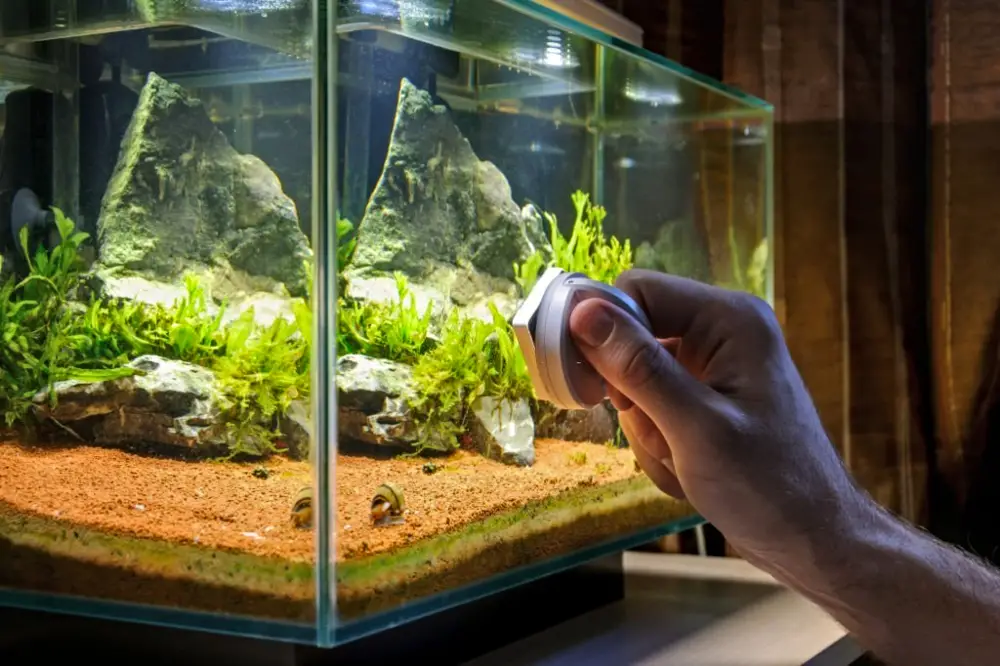
Natural Algae Remedies and DIY Solutions
When it comes to controlling algae in your fish tank, nature can provide some effective remedies and do-it-yourself solutions. Here are a few methods to consider:
- Harnessing the power of live plants: Introducing live aquatic plants can help combat algae growth by out-competing them for nutrients and light. Plants absorb nutrients from the water, depriving algae of their food source. Consider adding plants like Java Moss, Anubias, or Hornwort, which are known to be efficient algae fighters.
- Algae-reducing substances and additives: Some substances and additives can assist in algae control. Liquid carbon supplements, for example, can inhibit algae growth while promoting plant health. Hydrogen peroxide, when used carefully in small doses, can be effective in spot-treating stubborn algae patches.
- Algae control with natural methods: Implementing natural methods can also help keep algae in check. Reduce light exposure by limiting the duration and intensity of aquarium lighting. Consider using a timer to ensure consistent light cycles. Additionally, introducing algae-eating snails like Nerite or Amano shrimp can provide natural algae control as they graze on the unwanted green invaders.
These natural algae remedies and DIY solutions can be valuable additions to your arsenal of algae-fighting strategies. By harnessing the power of live plants, utilizing algae-reducing substances and additives, and incorporating natural methods like light control and algae-eating organisms, you can maintain a clean and beautiful fish tank environment.
Troubleshooting and Additional Tips
Even with proactive measures in place, dealing with algae in your fish tank can sometimes be challenging. Here are some troubleshooting tips and additional suggestions to help you tackle persistent algae issues:
- Identify potential underlying causes: If you’re facing recurring algae problems, it’s essential to identify any underlying factors contributing to their growth. Assess your aquarium’s nutrient levels, lighting conditions, and filtration system. Excess nutrients, prolonged light exposure, or inadequate filtration can fuel algae growth. By addressing these factors, you can create an environment less conducive to algae development.
- Address specific algae types: Different types of algae may require specific approaches. For instance, green algae thrive in the presence of excess nutrients, while black beard algae often indicate low CO2 levels. Understanding the characteristics and requirements of the algae in your tank can help you tailor your prevention strategies accordingly.
- Seek advice from experienced aquarists or professionals: If you’re facing persistent algae problems despite your best efforts, don’t hesitate to seek advice from experienced aquarists or professionals. They can offer valuable insights, suggest alternative solutions, and guide you through troubleshooting specific to your tank’s conditions.
Remember, preventing algae in a fish tank is an ongoing process that requires observation, adjustment, and experimentation. By implementing proactive measures, addressing underlying causes, and seeking guidance when needed, you can master the art of algae prevention and maintain a clean and vibrant aquarium for your fish to thrive.
Reclaim Your Tank’s Pristine Beauty and Create an Aquatic Oasis With KaveMan Aquatics
In this guide, we’ve explored the art of preventing and controlling algae in your fish tank. By understanding the different types of algae, addressing their causes, and implementing effective prevention methods, you can maintain a clean and vibrant aquarium environment for your fish to thrive.
Remember, preventing algae is not a one-time task but an ongoing commitment to proper tank maintenance and care. By optimizing lighting conditions, managing nutrient levels, choosing suitable tank inhabitants, and implementing maintenance routines, you can significantly reduce the risk of algae overgrowth.
Don’t let algae overshadow the beauty of your aquatic haven. Take action and implement the preventative measures we’ve discussed. Regular monitoring, adjustments, and troubleshooting will lead you to a balanced and algae-free aquarium.
If you need further guidance or personalized assistance, consider reaching out to KaveMan Aquatics for 1-on-1 coaching. Remember, with the right knowledge and dedication, you can enjoy a clean and vibrant fish tank that showcases the true beauty of your underwater world.
-
From Green to Clean: Mastering the Art of Preventing Algae in Your Fish Tank
From green to clean! Unlock the secrets of preventing algae in your fish tank. Take control and learn effective methods for a pristine aquarium.

